Student Loan Cancellation
Spreading awareness about life-changing opportunities for borrowers
#MDTAPS = Maryland, tell a public servant!
Thank you for helping MCCFW spread awareness about Public Service Loan Forgiveness (PSLF). MCCFW has helped public servants eliminate more than $21 million in debt.
PSLF and other relief options remain available.
For timely information, view Office Hours and our Student Loan Cancellation Updates below.
Student Loan Cancellation Updates
Public Service Loan Forgiveness (PSLF)
PSLF is still available. Log into studentaid.gov to apply and/or check your Payment Counts.
Income-Driven Repayment Adjustment
The IDR Adjustment period has ended.
Log into studentaid.gov to view the Payment Counter for each loan.
Broad Federal Student Loan Debt Relief
There are no plans for broad loan cancellation at this time.
Repayment Assistance for Marylanders
Visit the Maryland Higher Education Commission for details.
Disability Discharge
Log into studentaid.gov to apply. Expect delays due to a processing pause.
What is PSLF?
PSLF stands for Public Service Loan Forgiveness.
PSLF is a federal program that forgives the remaining balance on your Direct Loans after you have made 120 qualifying monthly payments under a qualifying repayment plan while working full-time, directly for a qualifying employer.
Qualifying employers include:
government agencies,
501 (c)(3) tax exempt organizations, and
certain other tax exempt organizations that provide qualifying services. Learn more about qualifying employment from the Office of Federal Student Aid.
Borrowers Approved for PSLF*
Why was there such a huge increase?
The Department of Education implemented two initiatives to fix the payment counting process:
Limited PSLF Waiver (thru 10/31/22)
IDR Adjustment (thru 6/30/24)
Every borrower who has Direct or federally-held FFELP Loans should be able to view a Payment Tracker. Log into studentaid.gov to view progress toward cancellation milestones.
How to determine your eligibility for PSLF
Eligibility for PSLF depends on your loan types, employment history, and your repayment history. Here are the requirements as of 7/1/24:
Only Direct Loans are eligible for PSLF.
You must make 120 monthly payments on Direct Loans only while
working for a qualifying public service employer full-time (view what qualifies as full-time) and
enrolled in an accepted repayment plan (10-Year Standard or any income-driven plans).
You must still be working full-time for a public service employer at the time you submit your PSLF Application.
Follow these steps to apply:
-
Login to studentaid.gov to view your federal loans. The types of loans you have will determine your next steps. View instructions on how to view your loan types.
If you have Direct Loans only: You do not need to consolidate although it could be helpful in certain situations. See the Special Circumstances section at the end of this page for details.
If you have any Non-Direct Loans: You will need to consolidate these loans into a Direct Consolidation Loan to get on track for PSLF. Seek advice before applying to consolidate, especially if you also have Direct Loans.
-
Non-Direct Loans must be consolidated into a Direct Consolidation Loan via studentaid.gov to get on track for PSLF. Seek advice before applying to consolidate as consolidation may or may not be beneficial.
If you have Parent PLUS Loans only: Parent PLUS Loans should have received credit for periods of repayment through the IDR Adjustment and those periods can qualify for PSLF if you submit a PSLF Application to verify your qualifying employment. Seek advice before applying to consolidate, as the only IDR plan available for Consolidation loans that include a Parent PLUS Loan is Income-Contingent Repayment (ICR). ICR is typically the income-driven plan that typically requires the highest monthly payment.
-
There is one application to certify your employment and apply for PSLF. Apply here: PSLF Help Tool (online version).
Certifying your employment is the only way for the Department of Education (and/or their designated servicer) to begin counting how many qualifying months you have toward the 120 necessary for forgiveness through PSLF.
Share your PSLF success story
Some people hesitate to apply because they don’t believe that PSLF will work for them.
Testimonials make it real. If you have earned additional credit for past payments and/or had your loans forgiven and are comfortable sharing your story, complete the form below and we will contact you. How much you share is completely up to you.
Special Circumstances
Consolidation is not always necessary but it could prove helpful in certain situations.
-
One borrower can have loans that entered repayment at different times. Under the original rules of PSLF, the loans would be evaluated in groups based on the date they entered repayment. If an individual had two loan groups, then they would need to apply for PSLF twice. Once when the first group reached 120 qualifying months, and again when the second group reached 120 months.
According to FSA as of July 1, "the qualifying payments made on the Direct Loans (other loan types will not be considered) included in your consolidation loan will be credited to your consolidation loan using a weighted average of those payments."
For example, Chris has 2 loans:
A $40,000 Direct Subsidized Stafford Loan with 50 qualifying payments and
A $60,000 Direct Unsubsidized Stafford Loan with 100 qualifying payments.
When Chris consolidates these two loans, the new Direct Consolidation Loan will be credited with 80 qualifying payments.
Furthermore, FSA strongly encourages borrowers "to certify all their qualifying employment applicable to the loans" then consolidate to make certain that weighted average is calculated correctly."
“Do not cancel yourself…you'll never know how close you are or if you're already there."
— Dr. Tisa Silver Canady, MCCFW founder and director, offering advice to borrowers who think they might be eligible for PSLF (Story via USA Today)
Disclaimer
The contents of this page are for informational purposes only. The information contained therein does not constitute financial or legal advice. The U.S. Department of Education is the lender of federal student loans and the most reliable source of information regarding the repayment of federal student loans. This web page and the MDTAPS Campaign were created and are maintained as a public service for the benefit of student loan borrowers, especially those who reside in Maryland.

